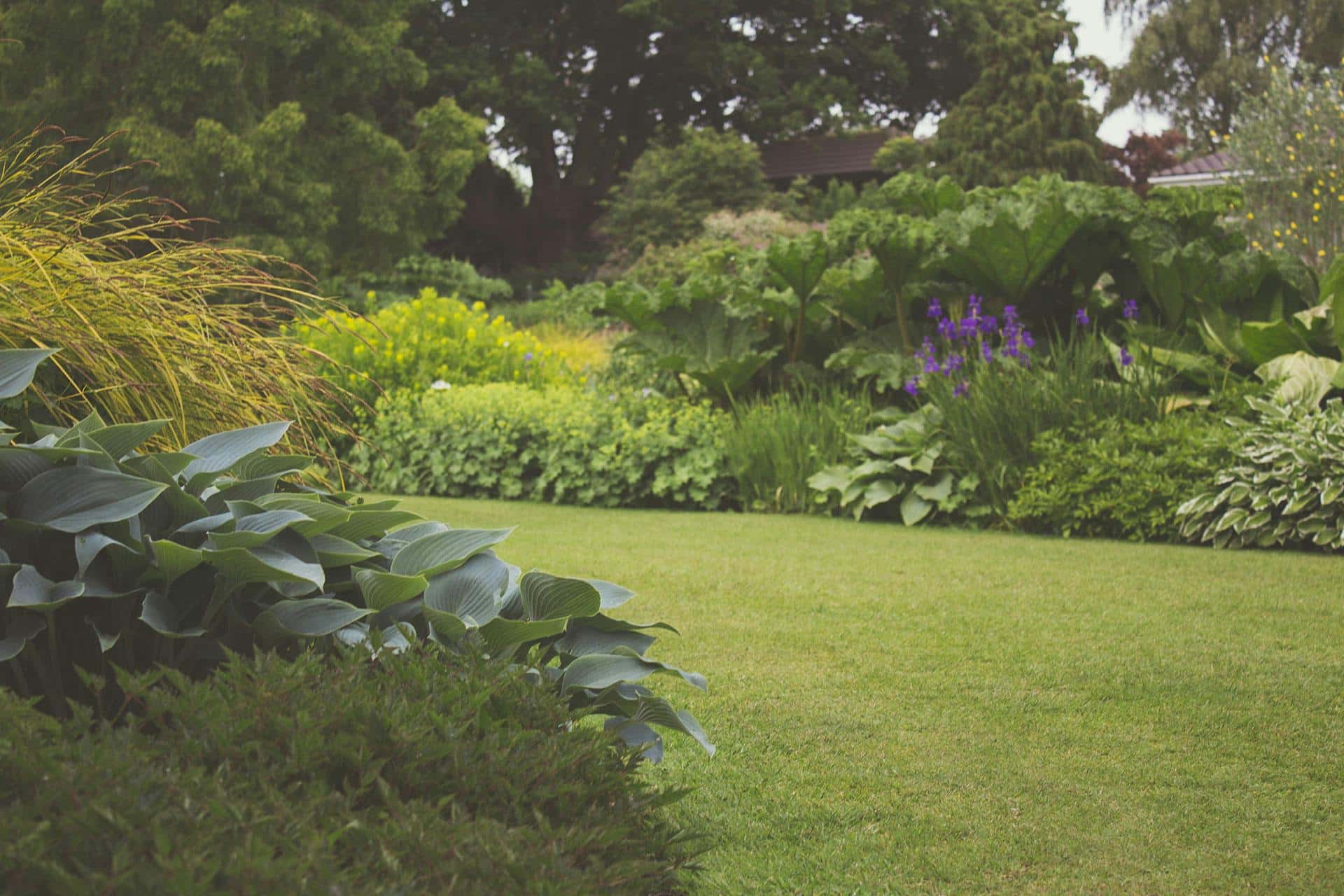If you’re looking for an innovative way to bring the beauty of nature indoors all year round, then vertical gardening is a fantastic option. It’s an intriguing twist on traditional gardening where plants grow upwards rather than spreading outwards. Not only does this optimize the use of space, but it also provides an aesthetic appeal to your living area. Specifically, for the kitchen, an indoor vertical garden can do wonders.
The Concept of a Vertical Garden
Vertical gardens, also known as green walls or living walls, are a modern and practical solution for gardening in limited spaces. They literally allow you to grow plants on a vertical display. This could be anything from a wall, a suspended panel, or a freestanding structure.
A lire en complément : How to Create a Functional and Welcoming Hallway in a Victorian Terrace Home?
The concept of vertical gardening is not new. It dates back to the ancient civilizations of Babylon where the Hanging Gardens of Babylon, one of the Seven Wonders of the Ancient World, were believed to be an exemplary model of vertical gardening.
Despite its ancient roots, this form of gardening has gained immense popularity in recent years, especially in urban areas where space is at a premium. It’s not just about saving space, though. Indoor vertical gardens can improve air quality, reduce noise levels, and create a calming environment as well.
A lire en complément : What’s the Best Way to Set Up a Craft Station for Children in a Shared Bedroom?
How to Set Up an Indoor Vertical Garden
Setting up an indoor vertical garden requires careful planning and execution. Here are some factors you need to take into account.
Firstly, the wall. You will need a vertical surface that can support the weight of the plants, the soil, and the water. It could be an actual wall or a purpose-built structure. Consider a south-facing wall with plenty of natural light if possible.
Next is the growing medium. Soil is the most common medium, though you can also consider hydroponics. If you’re using soil, make sure it’s lightweight yet retains moisture well.
Light is one of the most crucial factors to consider. Most herbs and edible plants require six to eight hours of sunlight per day. If your space lacks adequate natural light, you can use artificial grow lights.
Ensure you have an effective watering system to keep your plants hydrated. Drip irrigation or self-watering planters are excellent choices.
Lastly, you need to consider the plants. The best plants for an indoor vertical garden in a kitchen will largely depend on your personal preferences, as well as the specific conditions in your space.
Choosing the Best Plants for Your Indoor Vertical Garden
The success of your indoor vertical garden will rely significantly on your choice of plants. Choose hardy varieties that can thrive in indoor conditions. The following are some of the best options.
Herbs: Aromatic herbs like basil, parsley, thyme, and mint are among the best choices for an indoor vertical garden in a kitchen. Not only are they easy to grow, but they are also handy for your cooking.
Leafy Greens: Spinach, lettuce, and kale are excellent choices as well. They are low maintenance and can thrive in partial shade, making them ideal for indoor gardening.
Edible Flowers: Nasturtium and pansies are not just beautiful to look at, but they are also edible. They can add a splash of color to your green wall and your meals as well.
Strawberries: If you have a well-lit space, strawberries can be a delightful addition to your vertical garden.
Remember, the key is to choose plants that you will use and enjoy. This will not only make the gardening experience more rewarding but also ensure that you take good care of your green wall.
Caring for Your Indoor Vertical Garden
Once you have your indoor vertical garden set up and your plants chosen, you need to maintain it properly for it to thrive. Regular watering is crucial, but be careful not to overwater. The soil should be damp, not soaked.
Light is another vital factor. Ensure your plants are getting enough light, either natural or artificial.
Regular feeding is also important. Use a good-quality organic fertilizer to provide your plants with the necessary nutrients.
Keep an eye out for pests and diseases. Indoor plants are less likely to get infested, but it’s still a possibility. If you notice any signs of disease or pests, take action immediately.
Incorporating Vertical Gardens into Your Kitchen Design
Finally, you need to consider how your indoor vertical garden will fit into your kitchen design. The goal should be to create a harmonious blend between the garden and the rest of the space.
If your kitchen is modern and minimalist, opt for a sleek, streamlined vertical garden with neat rows of plants. If you have a more rustic or traditional kitchen, a more freeform garden with a mix of plants could work well.
Remember, your vertical garden should not just be a functional element; it should also enhance the aesthetics of your kitchen. Select your plants not just based on their utility but also on how they look. And most importantly, enjoy the process of creating and maintaining your indoor vertical garden – it’s a labor of love that can bring immense satisfaction and joy.
The Benefits of a Vertical Garden in Your Kitchen
You might be asking yourself, why should I consider a vertical garden in my kitchen? Well, the reasons are numerous. For starters, it’s an excellent way to bring nature indoors and add a touch of freshness and vitality to your kitchen. The sight of green, thriving plants can do wonders for your mood and overall well-being. Plus, it can provide a calming and soothing atmosphere, turning your kitchen into a peaceful sanctuary.
Research has shown that indoor plants can improve air quality by filtering out harmful toxins. They also increase humidity levels, making the indoor environment more comfortable, especially during dry seasons. A vertical garden can act as a natural air purifier and humidifier, enhancing the health and comfort of your kitchen.
Moreover, a vertical garden in your kitchen can serve practical purposes as well. If you choose to grow herbs, you’ll have a fresh supply of flavor enhancers right at your fingertips. You can pick the amount you need without worrying about waste or running out. Plus, you’ll be sure of their quality as you’ll control all aspects of their growth.
Decoratively, vertical gardens can be an attractive focal point in your kitchen design. They offer an excellent opportunity to showcase your creativity and personality. From the choice of plants to the layout and arrangement, you can design it in a way that complements your kitchen aesthetics and reflects your style.
Finally, vertical gardening presents an excellent opportunity to learn new skills and cultivate a new hobby. It’s a gratifying experience that can provide a sense of accomplishment and joy.
Conclusion: Embrace the Vertical Greenery in Your Kitchen
In conclusion, an indoor vertical garden in your kitchen can offer manifold benefits. From enhancing the aesthetics to improving air quality, increasing humidity levels, providing fresh herbs, and offering a relaxing hobby, the advantages are considerable.
However, it’s essential to plan your garden thoroughly. Pay close attention to the choice of the wall, the growing medium, the light source, and especially the selection of plants. Opt for low maintenance, indoor-friendly varieties that suit your needs and preferences. Moreover, remember to care for your garden properly by watering, feeding, and monitoring your plants regularly.
With careful planning and maintenance, your indoor vertical garden can flourish, turning your kitchen into a vibrant, lush, and healthy space. So why wait? Embrace the greenery and start planning your vertical garden today. It’s not only about growing plants, but also about creating a space of serenity and beauty right in the heart of your home.






